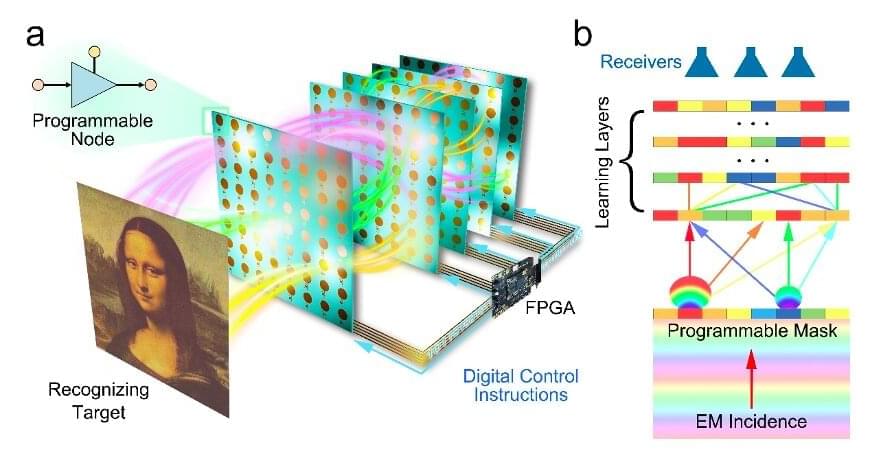One of Melbourne’s busiest roads will host a world-leading traffic management system using the latest technology to reduce traffic jams and improve road safety.
The ‘Intelligent Corridor’ at Nicholson Street, Carlton was launched by the University of Melbourne, Austrian technology firm Kapsch TrafficCom and the Victorian Department of Transport.
Covering a 2.5 kilometre stretch of Nicholson Street between Alexandra and Victoria Parades, the Intelligent Corridor will use sensors, cloud-based AI, machine learning algorithms, predictive models and real time-data capture to improve traffic management – easing congestion, improving road safety for cars, pedestrians and cyclists, and reducing emissions from clogged traffic.








